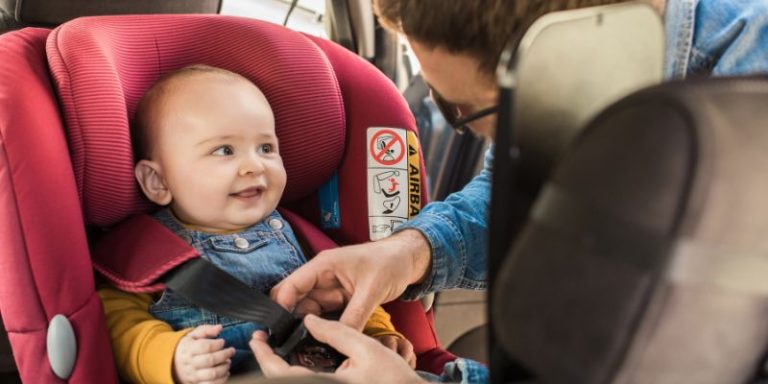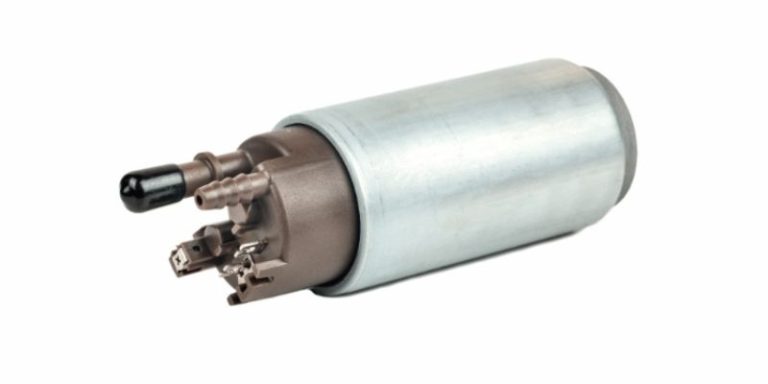What Age Do You Not Need a Car Seat? Safety Essentials
Children do not need a car seat when they reach the age of 8 or when they reach a height of 4 feet 9 inches, whichever comes first. Ensuring the safety of our children while traveling is of utmost importance.
One crucial aspect of child safety is the use of car seats. However, there comes a point when children no longer require a car seat. In this blog post, we will explore the age at which children no longer need a car seat, providing you with the necessary information to ensure the safety and well-being of your child during car journeys.
We will also discuss the factors that influence the need for a car seat, such as height and weight. So, let’s dive in and discover at what age you can bid farewell to the car seat!
Car Seat Age Milestones
Children typically no longer need a car seat once they reach 8-12 years old or 4 feet 9 inches tall. At this stage, they can transition to using a regular seat belt. It’s important to always follow the specific laws and guidelines in your state regarding car seat usage.
| Car Seat Age Milestones | |
| Legal requirements by state | Manufacturer’s guidelines |
|
|
Transitioning From Car Seats
Children are ready to transition from car seats to booster seats when they meet certain criteria. Signs that your child is ready for a booster seat include reaching the maximum weight or height for their car seat, demonstrating proper posture and behavior during car rides, and expressing discomfort or feeling too confined in their car seat. When transitioning, ensure that the booster seat is appropriate for your child’s age, weight, and height. Consider factors such as the type of vehicle you have, as well as any specific safety regulations in your state. Always prioritize your child’s safety and comfort when making the switch.
State-specific Legislation
State-Specific Legislation:
When it comes to car seat laws, each state in the US has its own specific legislation. Let’s take a look at the car seat laws in Texas:
| Type of Car Seat | Age/Weight Requirements |
|---|---|
| Rear-Facing Car Seat | Infants and toddlers under 2 years old, or under 35 pounds |
| Forward-Facing Car Seat | Toddlers and young children between 2 and 4 years old, or between 35 and 40 pounds |
| Booster Seat | Children between 4 and 8 years old, or between 40 and 80 pounds |
| Seat Belt | Children 8 years old and older, or weighing more than 80 pounds |
It’s important to note that these requirements may vary across different states. So, if you are traveling or moving to a different state, make sure to familiarize yourself with the car seat laws specific to that state.
Height And Weight Considerations
When considering the appropriate time to switch from a car seat to a booster seat, it is crucial to take into account the height and weight of the child. Proper fit is of utmost importance to ensure maximum safety in the event of a collision. As a general guideline, children should remain in a car seat with a five-point harness until they reach the maximum weight or height allowed by the manufacturer. At this point, transitioning to a booster seat is recommended. Additionally, it is essential to consider the orientation of the car seat and ensure that the child meets the requirements to safely transition to a booster seat facing forward.
Safety Ratings And Recommendations
When it comes to child safety in vehicles, it’s crucial to understand the safety ratings and recommendations for car seats. These ratings are based on extensive testing and research to ensure the highest level of protection for children.
Understanding the ratings provided by organizations such as the National Highway Traffic Safety Administration (NHTSA) and the Insurance Institute for Highway Safety (IIHS) can help parents make informed decisions when selecting a car seat. These ratings consider factors such as crash performance, ease of use, and proper installation.
Booster Seat Transition
Transitioning from a car seat to a booster seat is an important milestone for children. While the age at which a child no longer needs a car seat can vary, it is generally recommended to use a booster seat until they reach a certain height and weight requirement, ensuring their safety while traveling in a vehicle.
| Criteria for moving to a booster seat | Maintaining safety with seat belts |
|---|---|
| Child’s age and weight: In general, a child should be at least 4 years old and weigh at least 40 pounds before transitioning to a booster seat. However, it’s important to check the manufacturer’s guidelines for the specific seat. | Once a child has outgrown the booster seat, they should continue to use a seat belt in the vehicle. It’s important to make sure the seat belt fits properly, with the lap belt sitting low on the hips and the shoulder belt crossing the chest and shoulder. |
| Child’s height: The child should be tall enough to sit with their back against the vehicle seat and have their knees bent over the edge of the seat. | Children should always ride in the back seat until they are at least 13 years old. It’s also important to never place a rear-facing car seat in the front seat of a vehicle with a passenger airbag. |
| Behavior: The child should be able to sit still and not lean forward or slouch during the car ride. | Parents should lead by example and always wear their own seat belt while driving. It’s also important to never leave a child unattended in a vehicle. |
Beyond Booster Seats
When it comes to child safety in vehicles, it’s important to follow the guidelines for car seat use. In general, children should use a car seat or booster seat until they are at least 4 feet 9 inches tall and between 8 and 12 years old. However, some states have specific laws regarding age and size requirements for car seat use.
Beyond booster seats, children can transition to using seat belts only when they are able to sit with their back against the seat, their knees bent over the edge of the seat, and their feet touching the floor. They should also be able to keep the shoulder belt positioned properly, with the shoulder belt crossing the middle of their chest and the lap belt sitting low on their hips.
It’s important to always prioritize your child’s safety by using the appropriate car seat or booster seat for their age and size. Regularly check for any recalls or expiration dates on car seats, and ensure that the car seat is properly installed in the vehicle.
Staying Informed And Updated
New advances in child car seat technology are constantly evolving, and it’s crucial to stay informed and updated to ensure the safety of children. Keeping up with law changes regarding car seat regulations is essential for parents and caregivers. Understanding the age and size requirements for car seats is vital in ensuring that children are adequately protected while traveling. Additionally, being aware of the specific guidelines for different types of car seats based on a child’s age and weight is important. By staying informed about the latest developments in car seat safety, parents can make well-informed decisions to protect their children during travel.
Conclusion
It is important to prioritize your child’s safety while traveling by car. The age at which a child no longer needs a car seat varies depending on their weight, height, and age. It is recommended to follow the guidelines set by the National Highway Traffic Safety Administration and your state’s laws.
Always choose a car seat that is appropriate for your child’s age, weight, and height, and ensure it is installed correctly in your vehicle. Remember, safety first!





